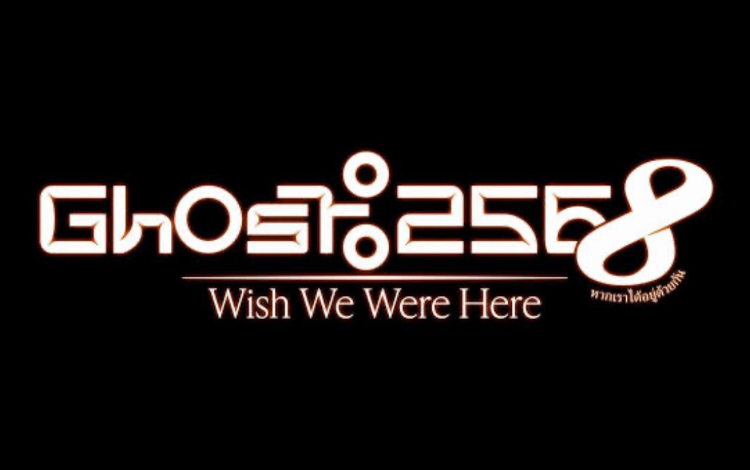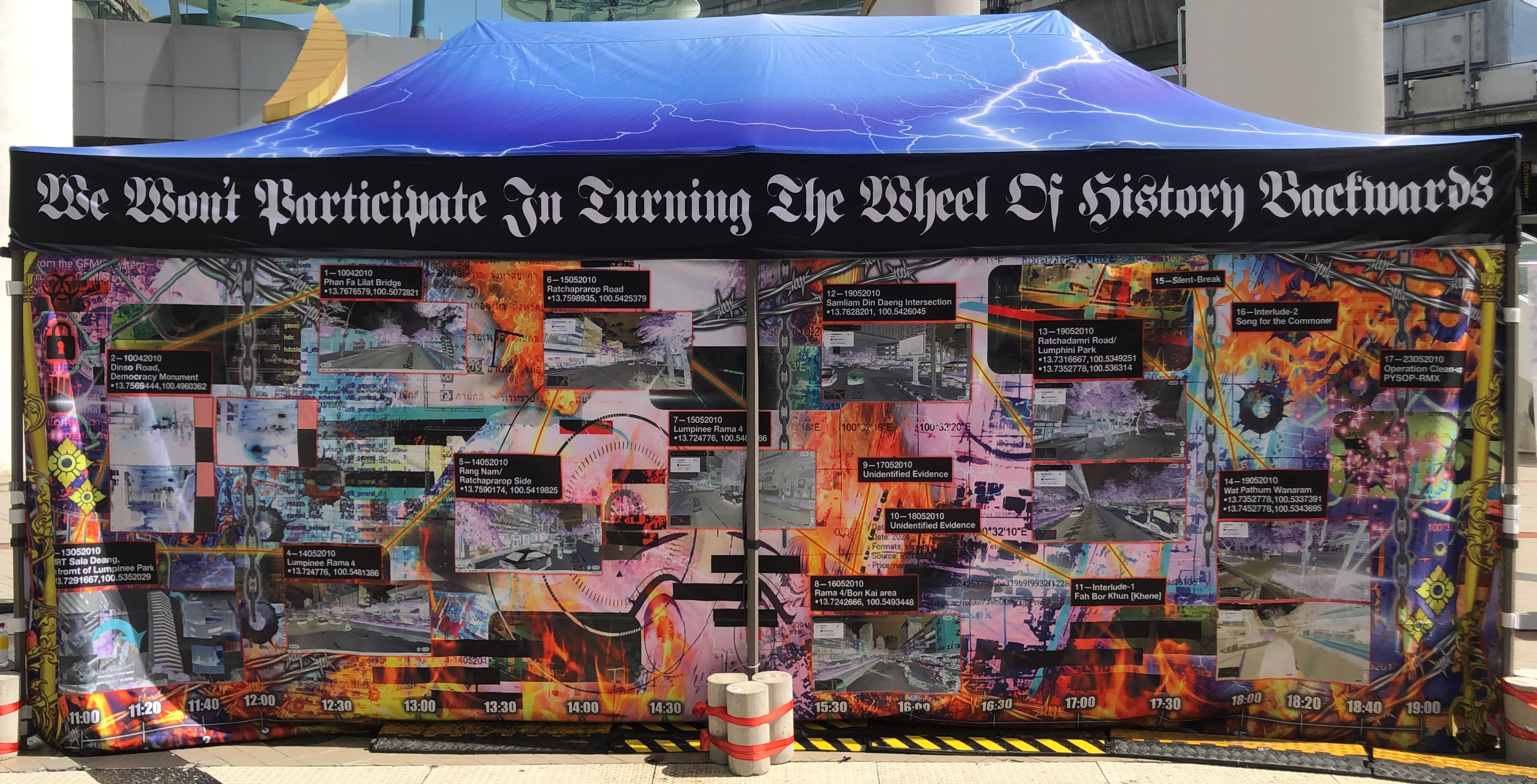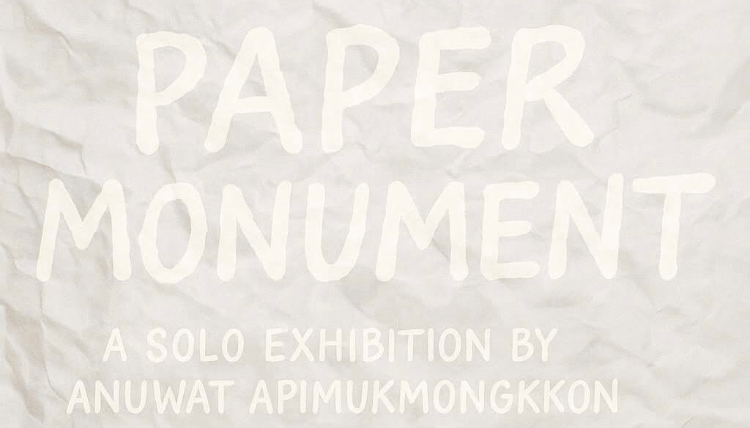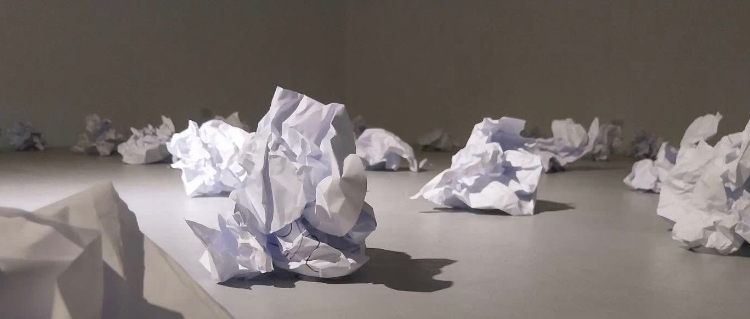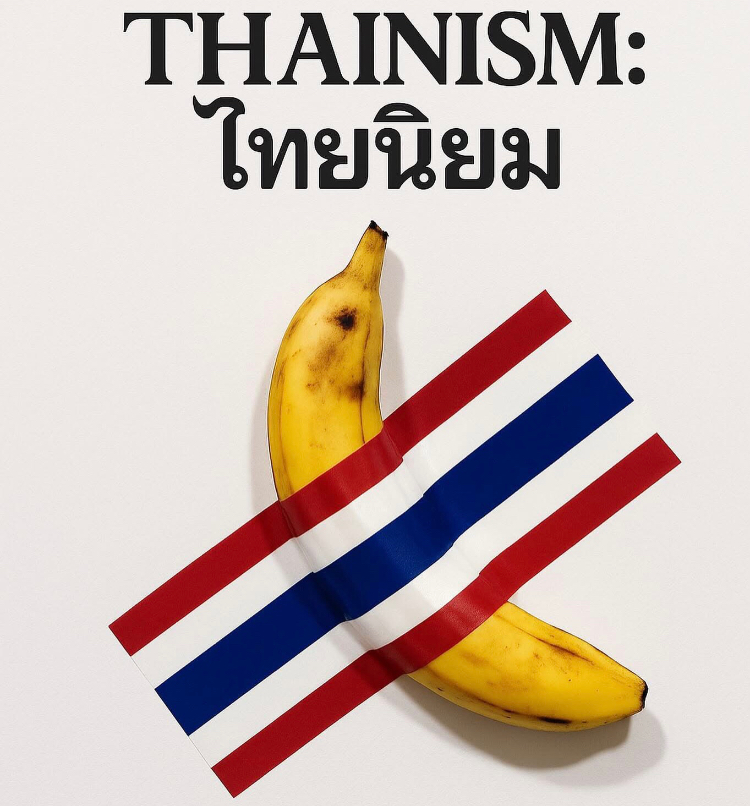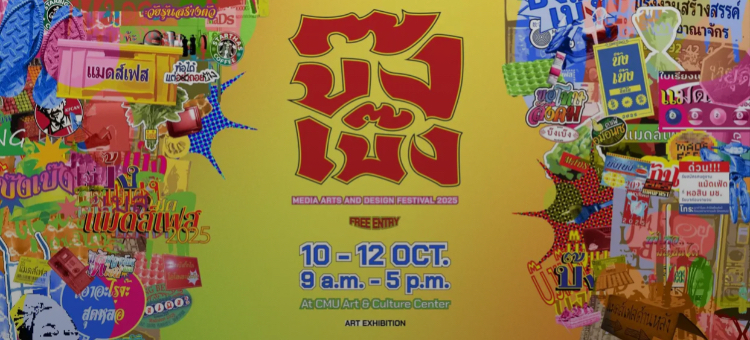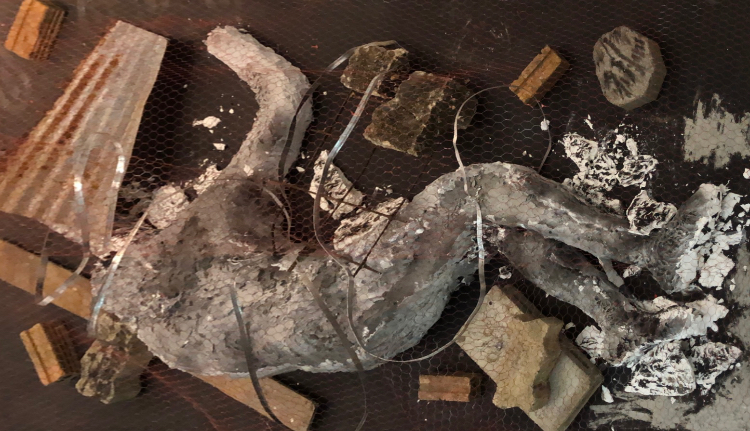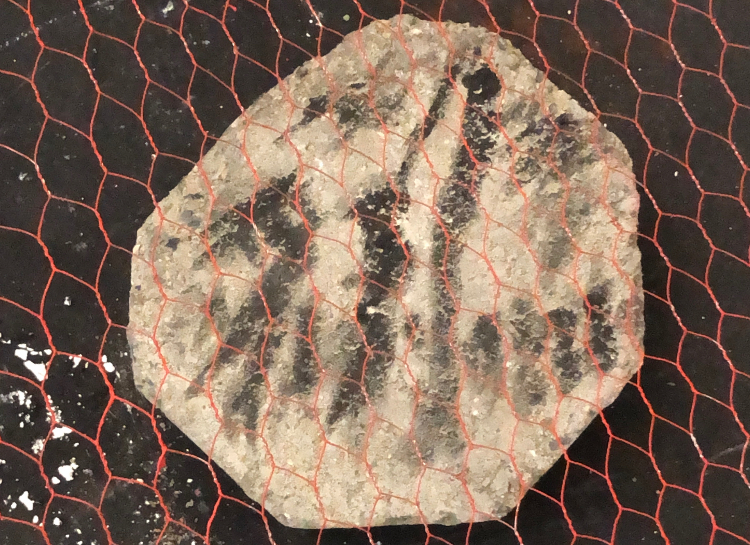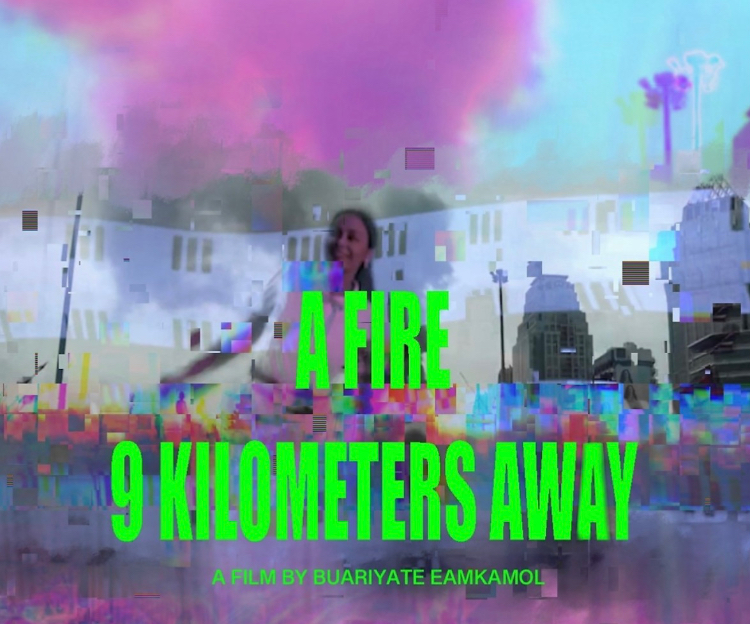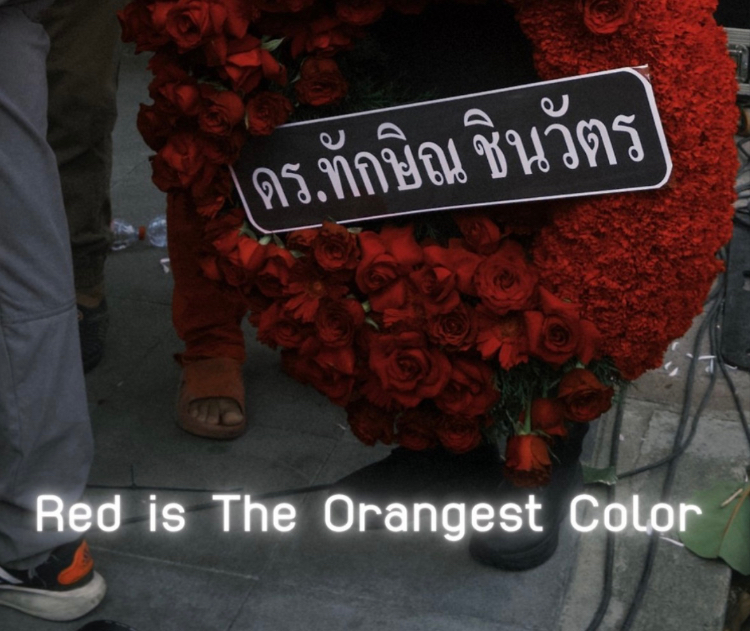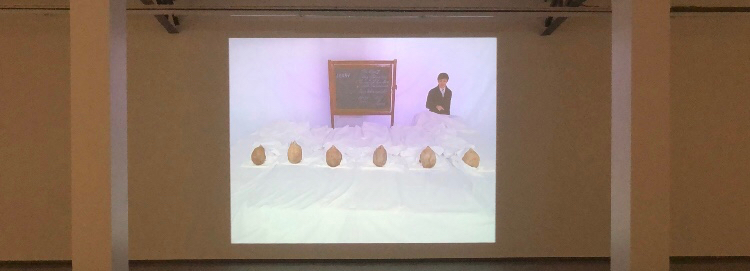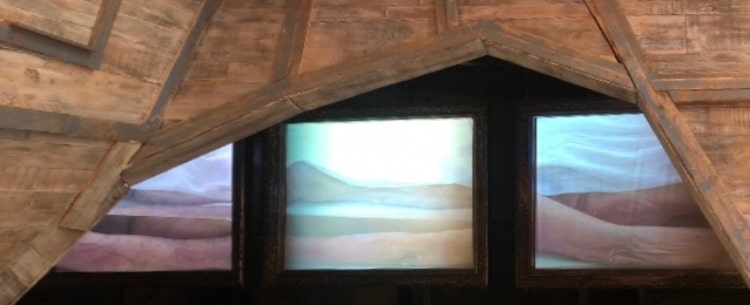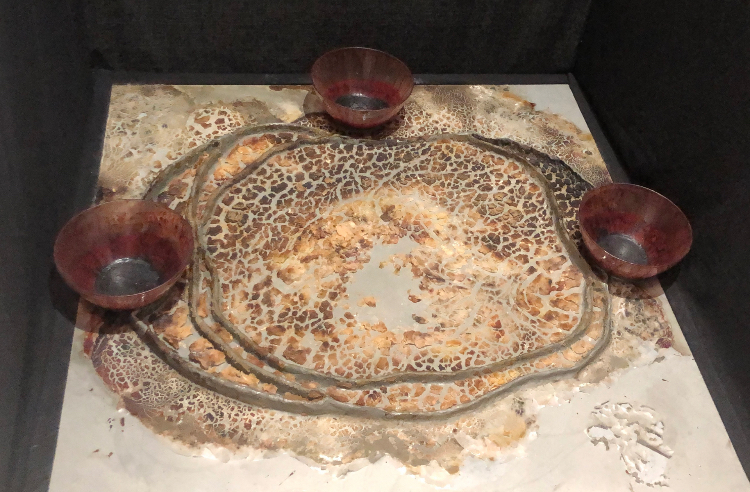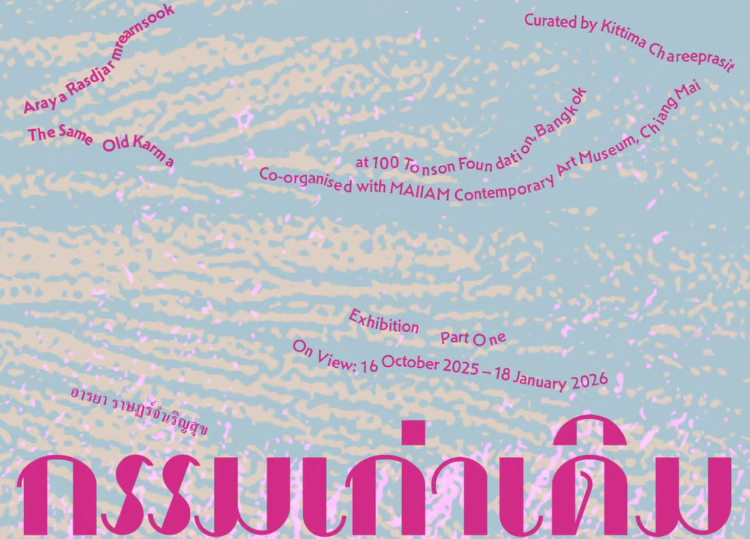
Six members of staff working for the satirical Turkish magazine LeMan were detained by police in Istanbul yesterday, after a cartoon led to protests outside their offices. They are accused of violating article 216 of Turkey’s penal code, which covers insults against religion. Images of the cartoon were shared on social media, and a riot broke out; police fired rubber bullets and tear gas at around 300 demonstrators.
LeMan’s current issue (no. 1699), published on 26th July, includes a cartoon showing two men — one Muslim, the other Jewish — with angel’s wings. The men appear to represent civilian casualties on both sides of the Israel–Gaza war, and greet each other as bombs rain down around them. The Muslim character introduces himself as Muhammed, and the Jewish figure says his name is Musa. These are the Arabic versions of Mohammed and Moses — the most revered prophets in Islam and Judaism, respectively — though they are also common Arabic given names.
Islam forbids visual depictions of its prophets, though LeMan’s editor Tuncay Akgün told the AFP news agency: “This cartoon is not a caricature of the Prophet Mohammed... the name of a Muslim who was killed in the bombardments of Israel is fictionalised as Mohammed. More than 200 million people in the Islamic world are named Mohammed.”
Censorship in Turkey
LeMan was previously censored in 2016, when an issue was banned due to its cover illustration. In 2022,
a Turkish singer was also charged with insulting religion, as was
a Penguen cartoonist in 2011.
Two cartoonists were charged with defamation after caricaturing former president Abdullah Gül in 2008.
Turkish President Recep Tayyip Erdoğan has a long history of filing criminal charges against cartoonists and journalists,
most recently in 2022. He has filed defamation charges against the newspaper
Cumhuriyet (in
2004 and
2014), and the magazines
Penguen (in
2014) and
Nokta (in
2015). In 2006, he sued the artist Michael Dickinson over the collages
Good Boy and
Best in Show. In 2020, he filed charges against the French magazine
Charlie Hebdo.
In 2016, Erdoğan sued a German comedian who
recited a poem mocking him. The poem was
read out in solidarity in the German parliament, and
The Spectator launched
an anti-Erdoğan poetry competition that was
won by Boris Johnson. Ironically, Erdoğan himself was imprisoned in 1999 for reciting a poem: in a 1997 speech, he had quoted lines from a poem by Ziya Gökalp — “The mosques are our barracks, the domes our helmets, the minarets our bayonets, and the believers our soldiers” — and was sentenced to ten months in jail as a result.
Mohammed Cartoons
